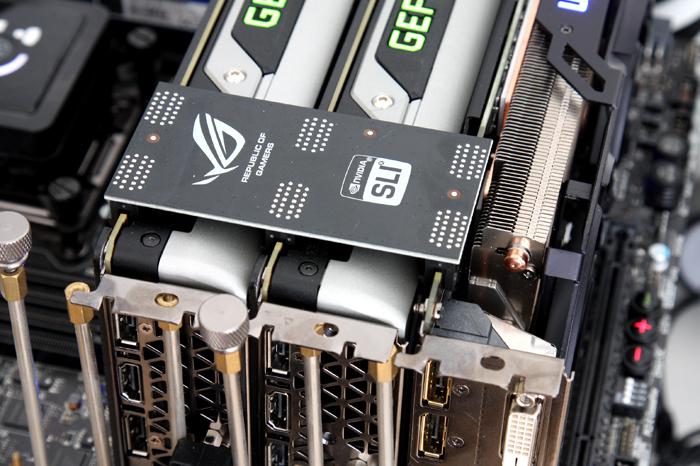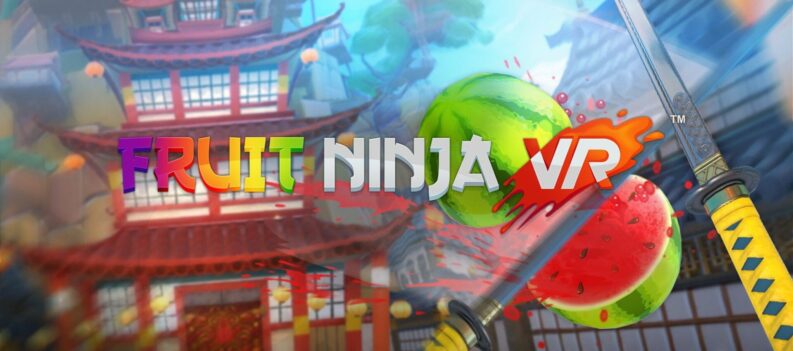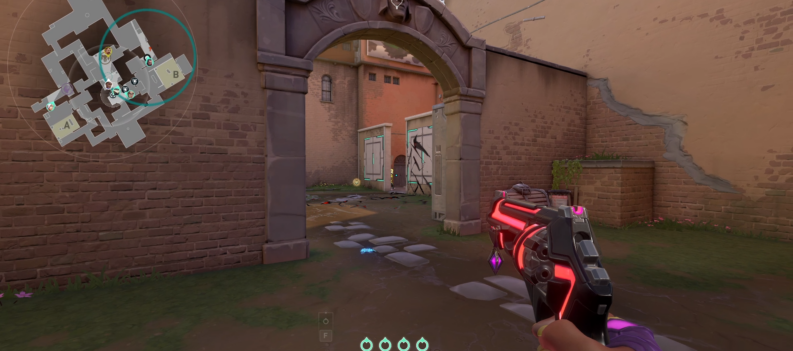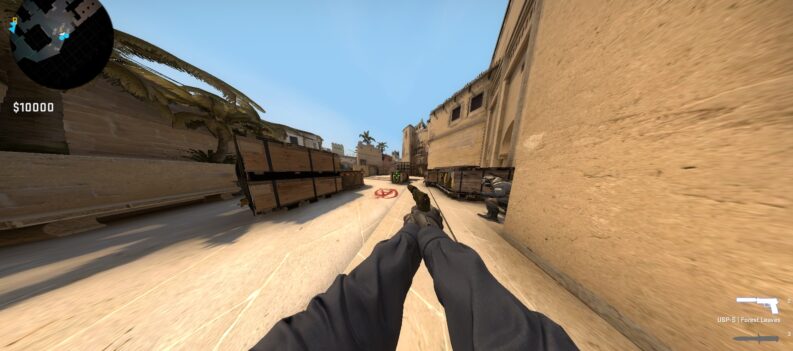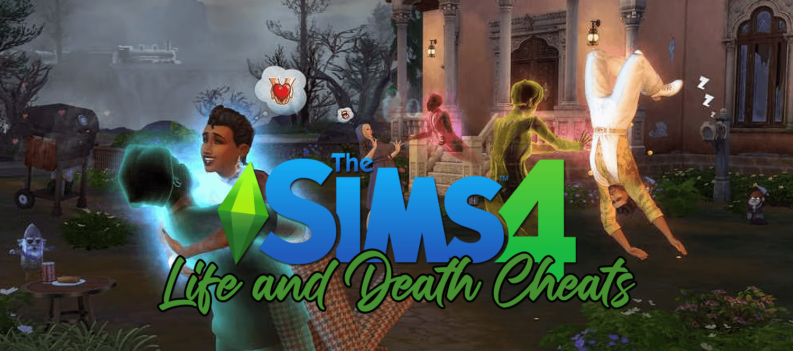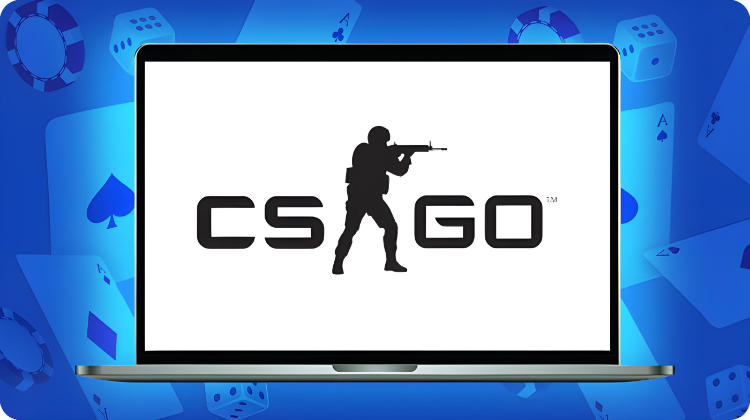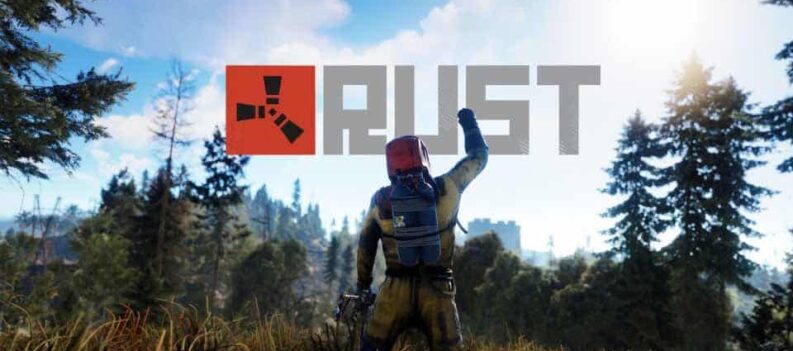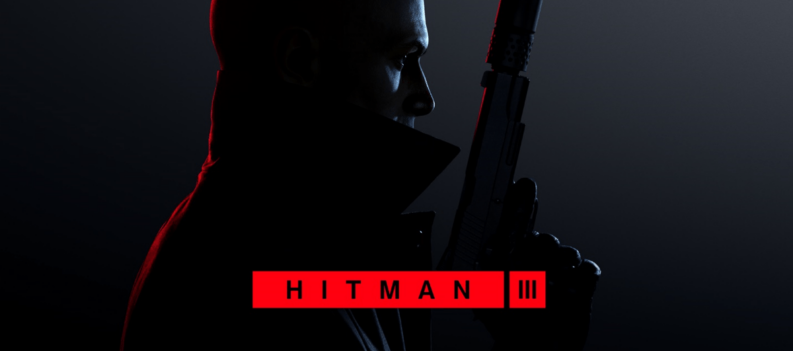There’s been a long-standing debate on whether running a dual graphics card setup in SLI or Crossfire is worth it or not. On one side of the debate, a dual graphics card setup will bring you (theoretically) double the performance. On the other hand, there are quite a few drawbacks to look at, such as increased power consumption, compatibility and so on.
We’re going to delve into the pros and cons of running SLI or Crossfire to give you some practical reasons as to why you should or shouldn’t run a dual graphics card setup.
What is SLI and Crossfire?
To give you a quick overview, SLI and Crossfire essentially let two graphics cards work together by not only sharing the load of video, but also providing more power so that you can run more intensive tasks or applications. In theory, a dual graphics card setup will let you double the performance since you would be running off of two graphics cards instead of just one.
Dual graphics card setups are really useful in certain gaming aspects but also in professional video editing and plenty of other jobs and careers. However, it’s not always necessary to run two video cards nor will it always be beneficial to you. In fact, in some instances, running two cards can actually degrade your performance.
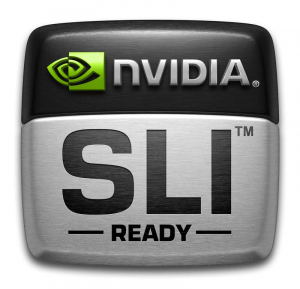 Benefits of using SLI/Crossfire
Benefits of using SLI/Crossfire
Like we said, there are plenty of benefits that come with a dual video card setup. A big one, as we discussed, is that you’re doubling the performance of a single card this way. Imagine it this way: when you have two video cards sharing the workload, it’s like having two movers move your furniture instead of just one — it’s easier and more efficient on everybody. You’re able to output more power and get the job done quicker. This can especially be useful in areas of video editing.
Not only does SLI or Crossfire setups make video editing and other graphic-intensive jobs a breeze, but it can also vastly improve your gaming experience. With some modern games launching today, it’s nigh impossible to play with all of your graphics settings maxed out. Two cards will make things run smoother.
Additionally, running two cards essentially lets you run at a higher refresh rate than your monitor allows, giving you an even better picture. On top of that, having a second card gives you ports for more monitors, if you so choose to add one or two more to your rig.
There are some other, smaller benefits, but doubling performance and sharing the workload between two video cards are the major ones.
But should you use SLI/Crossfire?
SLI and Crossfire setups have done wonders for people, but they aren’t without their drawbacks. Now, these aren’t necessarily huge drawbacks, but could potentially cost you quite a bit of coin, should you choose to go the route of SLI or Crossfire. It’s also just a good thing to be aware of the cons that come with two video cards.
The first major drawback is compatibility. Two cards in an SLI or Crossfire setup will require that you have a motherboard that supports SLI or Crossfire technology. And since you’re putting in more power in your PC, you also need to consider whether or not your power supply can handle the load and upgrade accordingly. You might also have space restrictions, requiring a larger case to run SLI. Not only that, but you’ll also have more heat in the case, which might require you to adjust fan placement or add another fan, possibly even upgrade your fans to something faster.
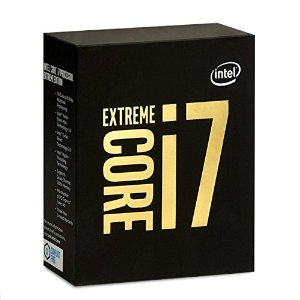 If you decide to do a dual video card setup, you’ll likely need a higher-end processor. If you ever decide to add a third video card to the mix, at that point, it’s recommended that you pick up an Extreme Edition processor.
If you decide to do a dual video card setup, you’ll likely need a higher-end processor. If you ever decide to add a third video card to the mix, at that point, it’s recommended that you pick up an Extreme Edition processor.
As far as actual technical drawbacks go, there aren’t many. In the case of gaming, you might actually see degraded performance if a developer didn’t add an SLI or Crossfire profile to their game; however, most modern and popular games support SLI and Crossfire, so you shouldn’t run into too many issues with that. In a worst case scenario, you might just need to pop one graphics card out of your system to play a certain game.
If you’re a power user, running dual graphics cards is obviously an attractive option. But, at the same time, if you don’t want to spend the extra money getting your system ready for that and don’t want to deal with games or software not supporting SLI or Crossfire, you might be better off going with a high-end single video card, such as the Titan X.
Closing
So, we’ve shown you both the pros and cons to using SLI and Crossfire. We’re not going to tell you whether you should or should not run a setup in SLI or Crossfire — that’s a decision you’ll need to make for yourself based off of your situation. However, by showing you both the benefits and drawbacks, we hope we helped you make an informed decision.


